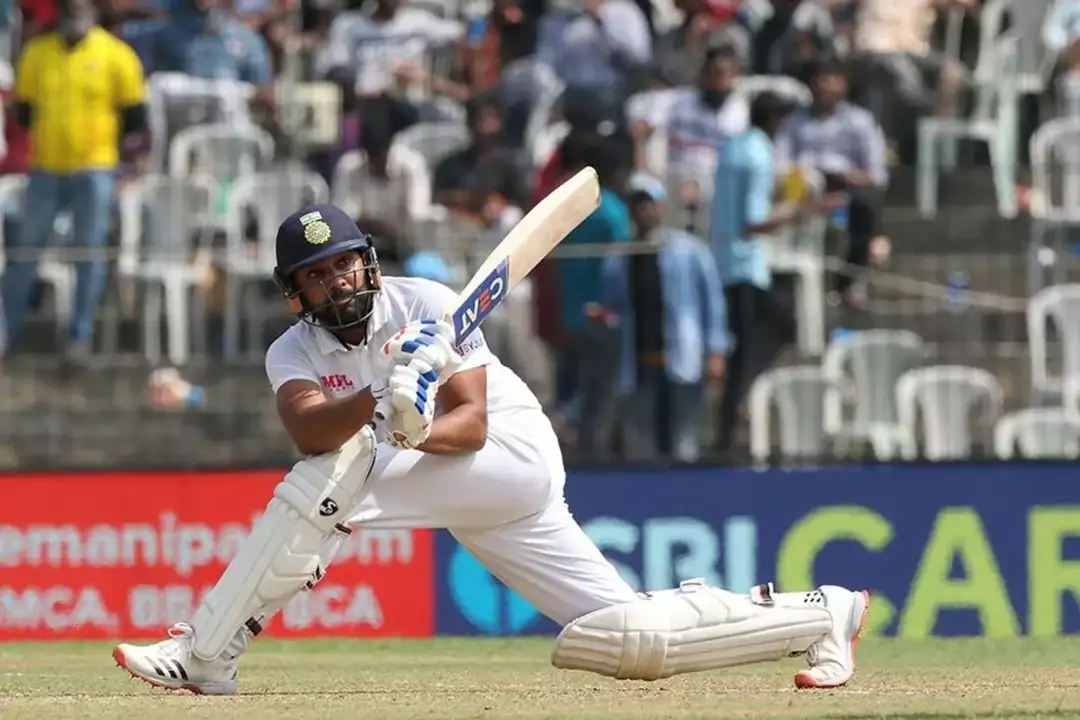Test Cricket: What It Is and Why It Still Matters
Test cricket is the oldest and toughest form of the game. Played over up to five days with two innings per side, it asks for patience, skill and clear strategy. If you love long contests, tactical battles and seeing technique under pressure, Test cricket is for you.
Fans often ask: how is Test different from ODIs and T20s? The main differences are the red ball, the longer format, and the tempo. Tests reward concentration, reading the game and adapting session by session. A single session can change the match—so every ball counts.
How Test Players Are Found in India
Want to play Test cricket for India? The usual pathway runs through strong domestic performances. The Ranji Trophy is the main route: consistent runs or wickets in Ranji get you noticed. University games and state-level tournaments can help, too—if you perform well, selectors and scouts will come calling. Short timeline goals, like aiming for a Ranji spot within three years, are possible but need focused work: play local leagues, perform in state trials, and build a reliable record.
Selectors look for form, technique and temperament. They also check fitness and how you handle pressure. Young players should target first-class stats—big scores or long innings for batters, and long spells with control for bowlers. Coaches, video footage and match reports matter a lot in modern selection systems.
Practical Tips to Improve Your Test Game
Train your technique more than your power. For batters, practice playing late, leaving deliveries outside off, and batting for long periods. For bowlers, work on consistency, control of line and length, and building pressure over spells rather than just speed. Fielding in slips and close-catching positions wins matches, so never skip those drills.
Fitness is non-negotiable. Endurance, recovery and a strong core help you last through long sessions and late afternoons on tough wickets. Mental toughness matters too—learn to reset after a bad session and prepare routines for concentration.
Use every game to build evidence. A few big performances in state or university events will mean more than many small ones. Keep simple records: scores, opposition strength, pitch type. When you meet selectors or coaches, clear numbers and recent highlights speak for you.
Role models matter. Look at players like Virat Kohli for work ethic, but study Test specialists too—those who built long innings or bowled marathon spells. Watch how they manage time at the crease, rotate the strike and set fields in long formats. You don’t need to copy anyone exactly; use ideas that suit your strengths.
If you follow Test cricket as a fan, focus on day-by-day context. Read match reports that explain session shifts, pitch behavior and key tactical moves. For aspiring players, focus on long-term gains: technique, fitness, and consistent domestic performances are the ticket.
Test cricket is still the ultimate exam of skills. Whether you want to watch the pure battle of bat vs ball or aim to be the next Test entrant from your state, the path is simple: train smart, perform consistently, and keep improving one match at a time.
